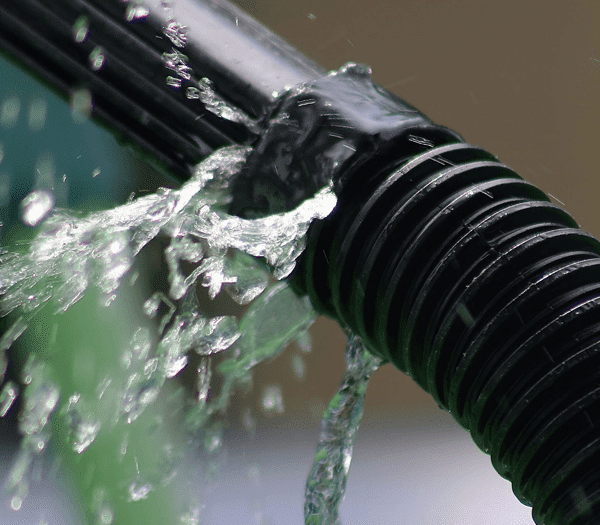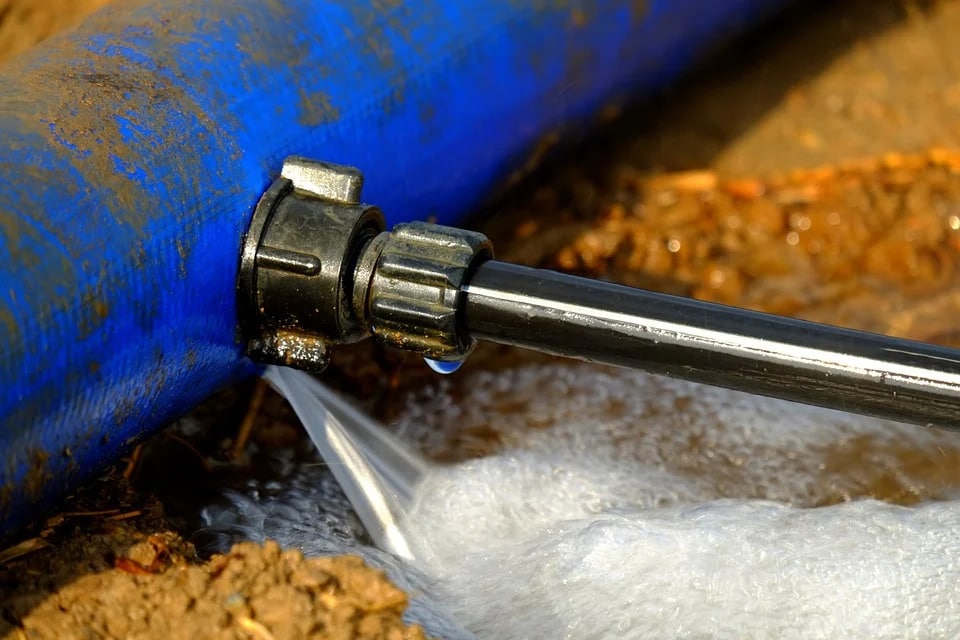Responding To Flood Damage After a Water Pipe Burst - Step-by-Step Instructions
Responding To Flood Damage After a Water Pipe Burst - Step-by-Step Instructions
Blog Article
This article listed below about What To Do And What Not To Do When Dealing With Water Damage is totally interesting. Give it a go and make your own ideas.

What should you do if a pipes bursts in your house? Do you want a mini-waterfall and flooding in an area of your house? If you find yourself in this scenario, you must act quick. The longer you wait, the much more severe the damages that can take place to your building. The clearheadedness is key in these events. For these reasons, you need to find out exactly how to act in the event of a ruptured water pipe. Because time is of the essence, examine out the following tips listed below to aid you act quick.
Shut down the Main Waterline Valve
The first thing to do? Close the shut-off shutoff. Look for the regional shut-off valve to turn off the water in one specific location only. Go for the primary water line valve as well as transform it off if you do not understand where the local shut-off shutoff is. This step will certainly cut off the water quickly in your whole house. Generally, the primary shutoff is discovered outside the house alongside the water meter. If it's not there, you can also find it in 2 areas: in the basement at eye degree or the first flooring on the ground. Normally, contractors placed the shut-off shutoff generally ground level bathroom or appropriate alongside it.
Call Water Damage Repair Pros for Aid
After closing the water resource, call the professionals for help. Since the pipes required to be repaired and there is a requirement to resolve the other problems to your residential property, this situation is not something you can do some Do it yourself. Look for assistance from a reputable firm offering 24/7 emergency solutions if you can not cope. With their specialist help, you can protect against much larger water damage including deformed walls, loosened ceramic tiles, or harmed frameworks. Don't take this problem gently and seek expert assistance for your complete assurance and also a credible option.
File the Damages For Insurance
While you're waiting for the pros to show up, obtain some paperwork of the damage caused by the wayward pipe. Do close-up shots of the harmed places and prized possessions.
Salvage Things That Can Be Saved
Take a look at the harmed products and also take out the most vital ones from the pile once you're done taking photos. Dry them off in a dry/warm place away from the broken location and also attempt to protect them as much as you can. Drag as much wetness as you can to the material so it can begin to dry.
Beginning the Drying Process
The good news is, the water from your waterlines is already clean so you don't have to stress concerning drain water. The flowing water may have disturbed the dust and also debris in your floorboards as well as carpetings. Blot out as much water as you can from the surfaces with old towels.
Professionals are the only individuals qualified to evaluate correctly and also deal with the burs pipelines and succeeding damages. As always, pipelines do not simply suddenly burst out of heaven. They typically offer quiet red flags like bubbling paint, water discolorations. Weird sounds in the plumbing, caving ceiling, moldy smell, or peeling off wallpaper. Make note of these indications as well as do some safety nets so you can nip any kind of problems in the bud.
What should you do if a water pipeline bursts in your home? For these reasons, you need to learn exactly how to act in the occasion of a burst water pipe. After closing the water source, call the experts for help. With their professional assistance, you can avoid a lot bigger water damage including deformed baseboards, loose floor tiles, or damaged frameworks. Luckily, the water from your waterlines is already clean so you don't have to worry concerning sewage system water.
How to Handle a Burst Pipe and Minimize Damage
Steps to Take Ahead of Time
If you own property in an area that experiences cold weather, you need to be aware of seasonal maintenance tasks that will help you protect your property as the weather changes each year. One of the most important steps is to winterize your pipes to ensure they won't freeze or burst when the temperature drops. This includes action items like insulating any exposed pipes, detaching garden hoses and covering outdoor faucets. If the weather gets cold enough, you may even consider leaving a faucet dripping or opening cabinet doors during the coldest parts of the day.
No matter how prepared you might be, accidents and emergencies still happen. You'd be wise to set up a savings account specifically for your property so you have a "rainy day" fund set aside for unexpected expenses. All homes regardless of age, location or condition will inevitably need some form of emergency repair.
Steps to Take for Frozen Pipes
A frozen pipe will not necessarily burst, so if you can catch a frozen pipe early on, you could save yourself a major headache. When your area experiences frigid temperatures, be sure to check your plumbing and keep an eye out for warning signs like faucets only releasing small amounts of water or toilets not refilling when flushed. If you do run into one of these issues, you're likely dealing with a frozen pipe.
If this happens, your first step should be to cut off the water supply to that section of the plumbing. Expanding and freezing water can quickly cause damage. Even if the water supply is shut off, you will likely still deal with some leaking from the water that defrosts after the pipe has thawed. Be prepared with a mop, bucket and/or towels to quickly soak up any excess water.
In order to thaw a frozen pipe, you can use a space heater, infrared or incandescent heat lamp, or even a hairdryer to warm up the frozen area. Heat tape is also an option and should be used according to manufacturer instructions. Do not use any sort of open flame to thaw frozen pipes, as it poses a major fire hazard and can damage your pipes further.
Steps to Take for a Burst Pipe
Water damage claims are the second most common insurance claim in the U.S. When you're dealing with a frozen pipe, the water continues to expand as it freezes, which creates pressure that can cause a pipe to burst. When this happens, the crack or leak in the pipe allows water flow from the pipe to enter your home where it shouldn't. If a pipe does burst, you need to act quickly to mitigate property damage and repair cost.
Your very first step should be to shut off your main water supply to minimize flooding typically the most expensive damage to address. Once you've shut off the water supply, make sure you identify the entire area that has been impacted by the leak. Remove as much water as possible as quickly as possible using a mop, sponges, towels or a shop vacuum or wet/dry vacuum. To prevent long-term damage due to moisture build-up, run a dehumidifier or fan in the affected area. Contact a licensed plumber to ensure the pipe is correctly repaired before running any water to that section of the home again. Burst pipes and the associated water damage are something you absolutely want to avoid as a property owner. If you've had to learn your lesson the hard way, don't let yourself get caught in a similar situation during the next spell of cold weather. The best way to deal with frozen or burst pipes is to prevent them in the first place proactive winter maintenance will save you time, money and a whole lot of stress.

I recently found that write up on Quick Tips To Help Deal With Water Damage while looking around the web. Do you know someone else who is very much interested in the topic? Take a moment to promote it. Kudos for your time. Don't hesitate to check up our website back soon.
Reliable help, dial now. Report this page